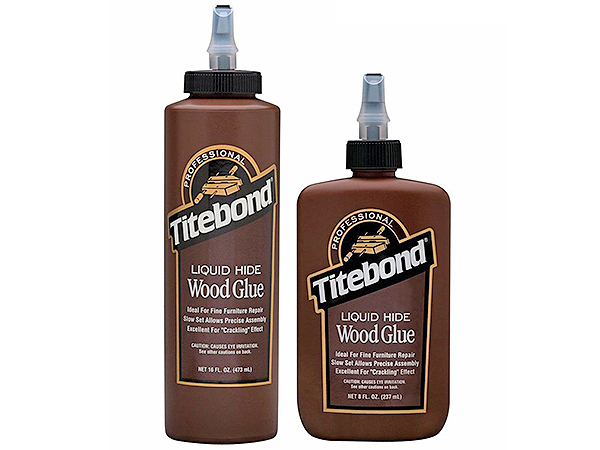Recently, my father, husband and I had a question about using steam to reactivate wood glue. We enjoy antique furniture, but sometimes the refinishing can take so long. Also, at times, something is broken and in need of repair. It would be nice to be able to take apart the furniture to repair/refinish, and then reassemble. Is it possible to steam the area to soften glues or adhesives? Would this only work on water-based glues? Also, would the steam warp the wood? – Kimberly Sutherland
Tim Inman: So now you’re wanting to know my deepest trade secrets! Working as a professional furniture restorer since I was about 14 –- a long, long time ago! — I have steamed apart joints many times. The photo above shows one of my favorite tools for doing it. Since there is usually no need to steam the whole item like it was cooking in a sauna or the jungle, I use a pretty commonly available wallpaper steamer as my steam source. Then, by drilling a sneaky little hole into the joint from the bottom inside where it is least likely to be seen, I inject steam into the joint until the glue gives up. Once that happens, disassemble the joint quickly –- because as soon as the glue cools, it will reactivate and bond again. This happens sometimes while I am working!
As you can see, the “nozzle” is just a quick-connect air hose fitting. This is what I use most of the time. I did not polish up the tool for the photo op! This is real life. The handle is wrapped with a cloth because this gets really hot, and steam is a special kind of heat. Steam transfers heat really fast and it will burn your skin immediately. Be careful!
For really delicate work — and probably more often for lifting delicate little pieces of veneer or marquetry for repair — I mount a large gauge veterinary needle in place of the air fitting for a nozzle. This trick has saved me hours and hours of repair time. It has also saved hundreds of chairs from the ravages of “gross” disassembly and repair and the inevitable unwanted breakage and surface damage that goes with it. As a professional restorer, my work really boiled down to being able to work as though I was a thief in the night. I wanted nobody to know I had been there, nor did I want them to know how I got in and back out. This is one of my ways. But don’t tell your friends how you did it. This is a trade secret.
Chris Marshall: If you’re working with authentically old furniture, Kimberly, it was often assembled with hide glue. One of its virtues is that, with the application of steam, furniture joints can be dissembled pretty easily. I’ve also found that ordinary PVA (yellow or white) wood glue can be reactivated with heat. I haven’t tried steam (which might work as well), but a hot, dry household iron on wood veneer will melt PVA and enable you to lift off the veneer. Work fast, though, as Tim says. As soon as PVA starts to cool, it will bond again.

The post Will Steam Soften Furniture Glues? appeared first on Woodworking | Blog | Videos | Plans | How To.


















